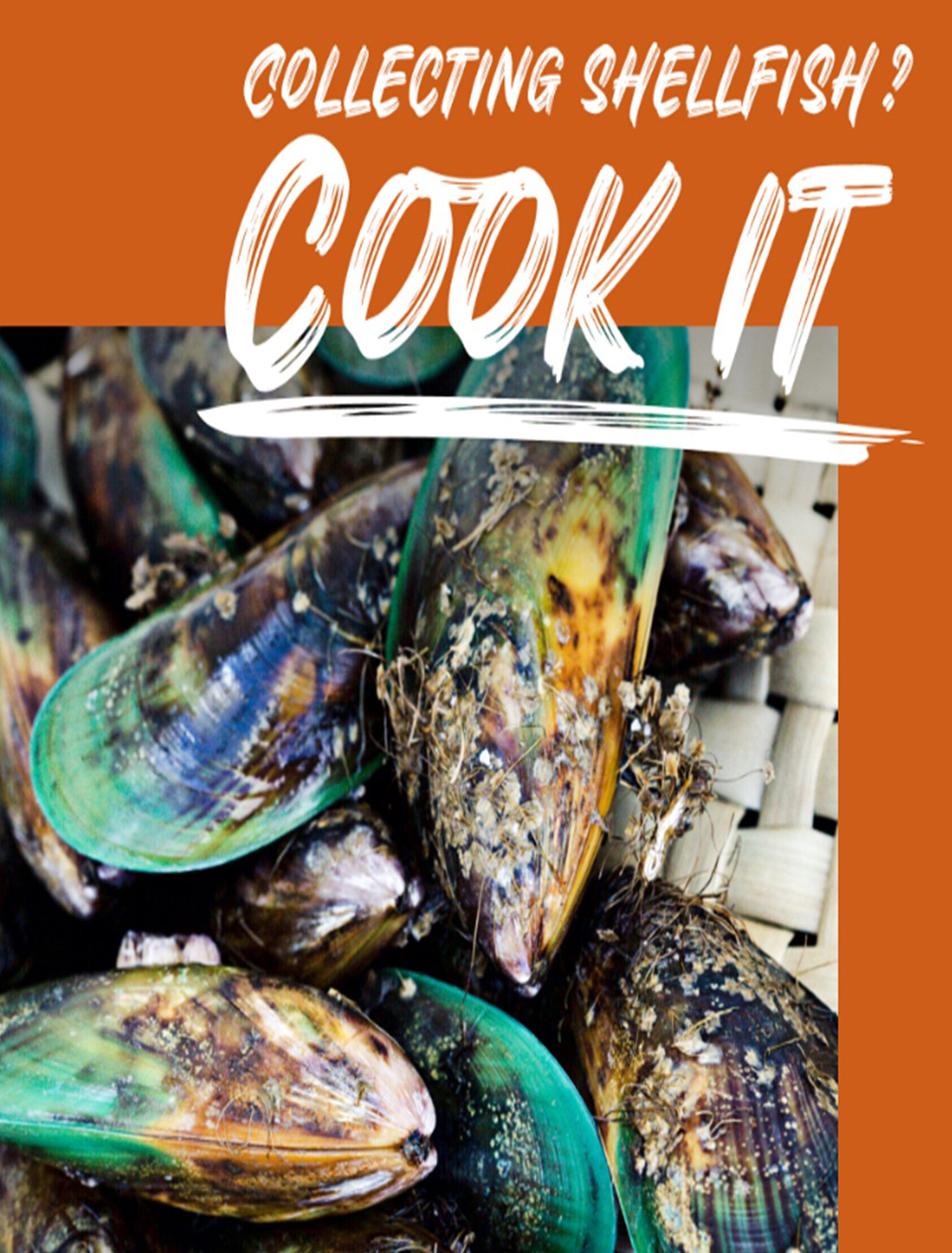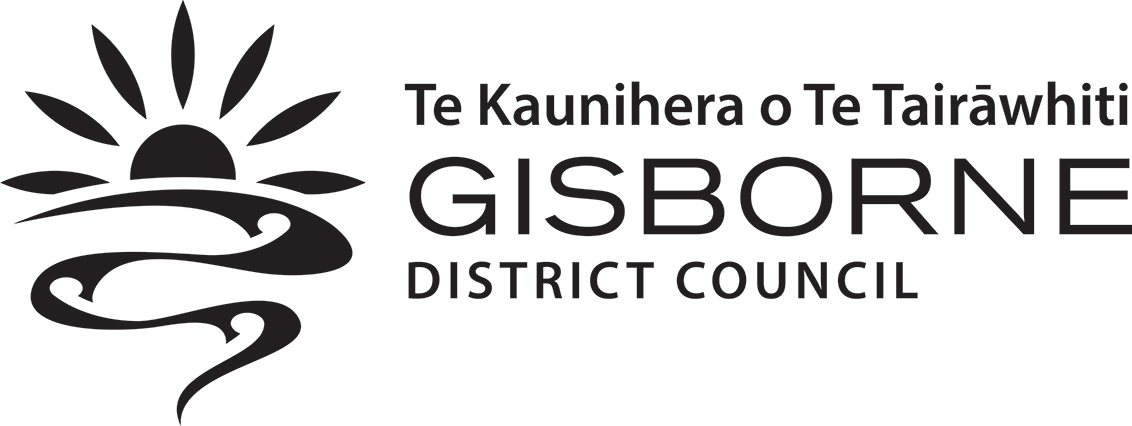We collect water samples from over 30 popular swimming and shellfish gathering sites between Lottin Point to the Wherowhero Lagoon to the Rere Rockslide.
Water quality is tested at least fortnightly, with most sites sampled weekly between November to March. Some sites are sampled monthly for the rest of the year.
Recreational water quality
Water quality at most beaches in the Gisborne region is generally safe for swimming. See the sites below of our popular swimming and recreation sites.
Avoid lagoons and estuaries
Be aware lagoons and estuaries often have poor water quality and the bacteria can make us sick. They may seem nice, safe places for children to swim, but the quality of the water is usually not good. If water seldom meets health requirements a sign will be in place.
We don't recommend swimming in these lagoons
Turihaua lagoon - It's often blocked by a sandbar and is only flushed during heavy rain so run-off from farms upstream accumulate in the lagoon.
Hamanatua Stream lagoon - The stream empties into Wainui Beach after forming a lagoon. Fed from run-off from surrounding farmlands, the stream and lagoon are frequently contaminated.
Waiotu lagoon - Contaminants from farms, birdlife and urban run-off become blocked in the lagoon and it can be a pond of bacteria. It often goes over the swimming health guidelines.
General health warning after heavy rain
You should avoid swimming for 2-3 days after heavy or prolonged rain, even at sites that generally have good water quality.
This is because the rain flushes contaminants from rural and urban land into waterways. This takes some time to settle out or flush away, at least 2-3 days.
Avoid swimming near potential sources of contamination such as flocks of birds or storm water outlets.
Clean and clear water
Here's a handy guide - if you can't see your toes when standing in calf deep water, the water quality is not the best for a swim.
There's increased health risk from bacteria in and around lagoons, rivers and streams for 3-5 days after rain, or when water flows are low over summer.
Shellfish gathering sites
Cyanobacteria may exist when algal blooms are present. These blooms can be seen a certain times of the year as khaki green or rust coloured water. Cyanobacteria can cause your skin to itch, they can also be unhealthy for dogs if they eat it.
Ministry for Primary Industries monitors shellfish for shellfish poisoning that can be caused by naturally occurring toxic algae blooms.
They will issue public health warnings on their website
Collecting shellfish?
Cook shellfish until the shells have opened and the meat is firm to touch to avoid getting sick from Vibrio bacteria. For more information visit MPI website

Popular swimming sites
Water quality changes so avoid swimming for 2 - 3 days after heavy rain.
For all the swim sites in our region - go to LAWA
